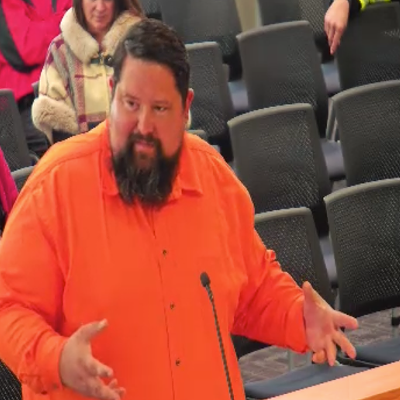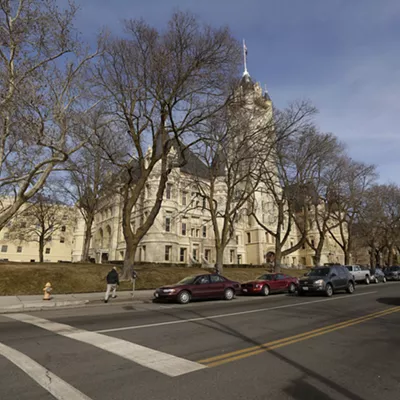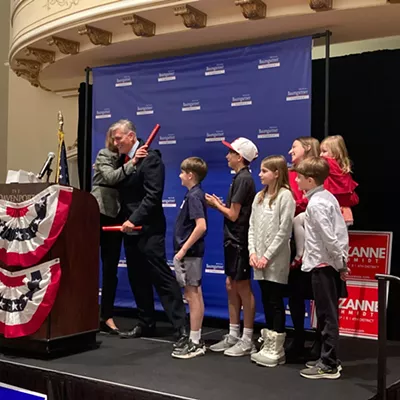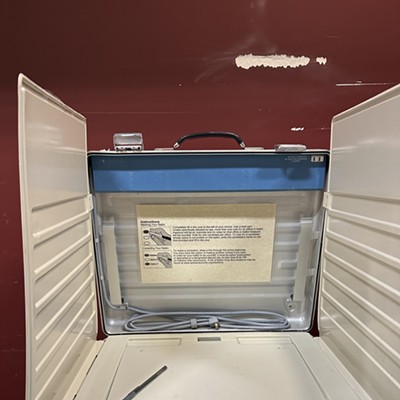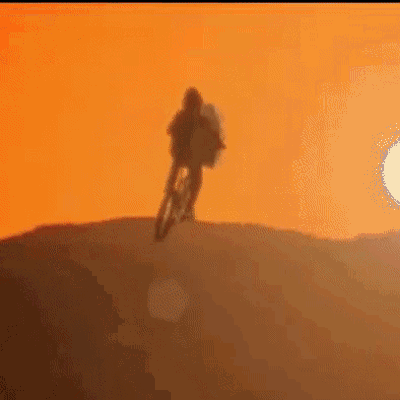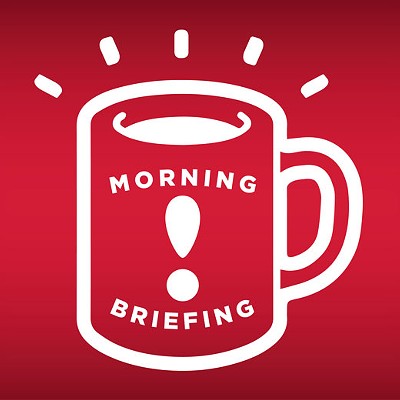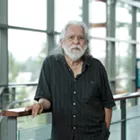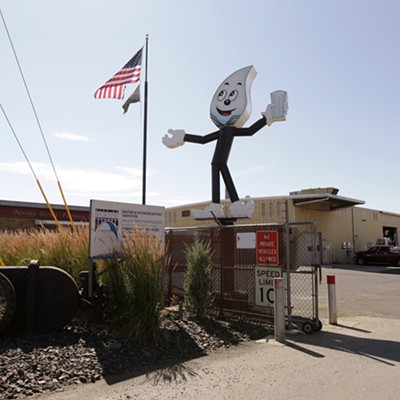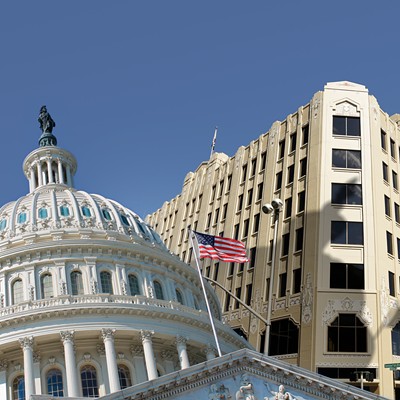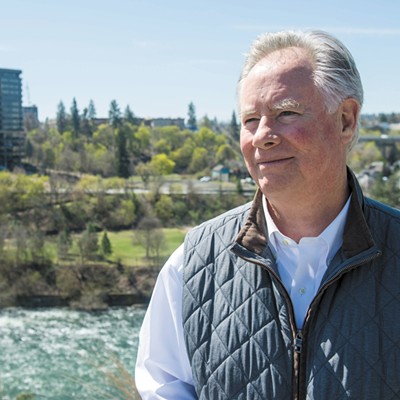Wednesday, June 26, 2013
How downtown got so many one-way streets
In this week’s paper, we have a story about how city staff, several City Council members, local businesses, and the Downtown Spokane Partnership
In researching the topic, however, I wanted to understand how downtown turned
I dove into Google Archives, through old issues of the Spokesman-Review
This is what I found:
1950-1951: State highway officials insisted that Second and Third become one-way streets. City officials asked for more time, at least until freeways
Most interestingly, they make the counter-intuitive argument that
Part of the problem was that, with an interstate freeway more than a
1952: In an editorial, the Spokesman-
Noting rush-hour congestion remains a serious problem, the paper says
1956: Spokane drivers continue to struggle to comprehend the concept
1959: To remedy the traffic problems and hazards to pedestrians, Main Avenue, between Lincoln and Monroe, is changed to a westbound one-way.Ironically, today, Main Avenue stops being a one-way street at Lincoln.
1964: Frustration over downtown Spokane’s one-way grid came to a head. The city manager and Elmer Leland,the city traffic engineer, found themselves besieged by angry merchants at aChamber of Commerce meeting at the Davenport Hotel.
Today, River Park Square is a major force skeptical of changing back to
But back in 1964, The Bon Marche (located where Macy’s is today at River ParkSquare) led the frustration to what had happened to out-of-town
"Spokane, more than any other community of its size that I know of,
In defense, Leland presented the best traffic modeling understanding at
“I’m trying to move traffic more efficiently,” Leland said. Besides Leland,the lone voice of support for the one-way system came from the bus line owner,who said buses moved 27 percent faster under the new system.
1966: The Division Street Businessmen Association
1967: With the new freeway viaduct scheduled two years away, the City
1969: The I-90 freeway viaduct, between Pine and Maple, finally opens,forever altering downtown traffic patterns. From here on, it becomes
Today, the North Spokane Corridor promises to have a big impact on north-south traffic, something traffic planners have to consider when
1977: After Expo 74, a downtown revitalization plan supports retaining the one-way street system.
1985: City planning engineers, once again, explore turning Monroe and Lincoln into one-way streets north of the river to reduce North-South
Today, state-of-the-art “smart” traffic signals can adapt to congestion and vehicular flow. Moving through multiple intersections isn’t as slow as it used to be. And newer cars have improved emissions systems. Cars idling at stop lights don’t spit out smog like they once did.
As the city looks at returning Main Avenue to a two-way street, in other words, it’s a much different world from the ’50s and ’60s.
Tags: Transportation , News , Image




